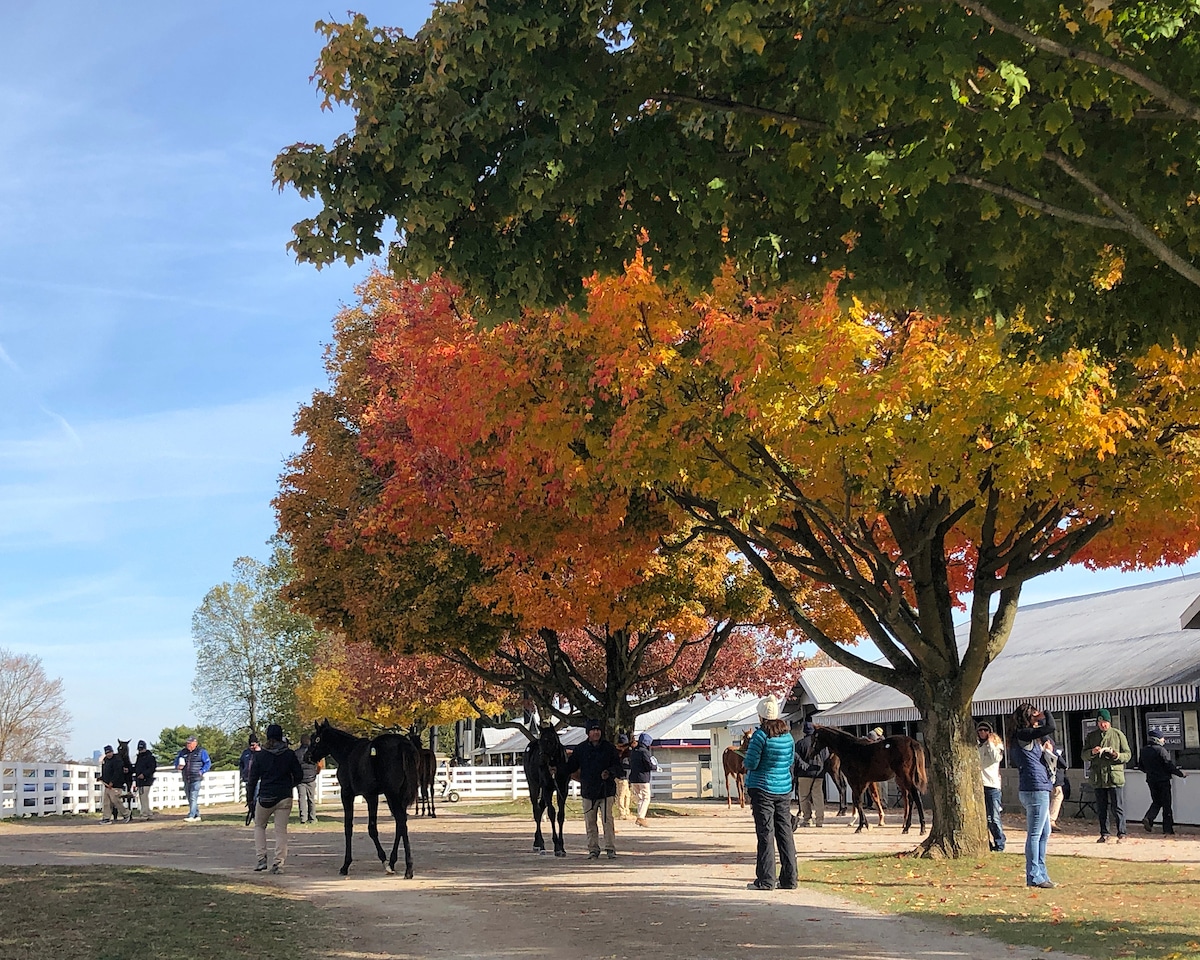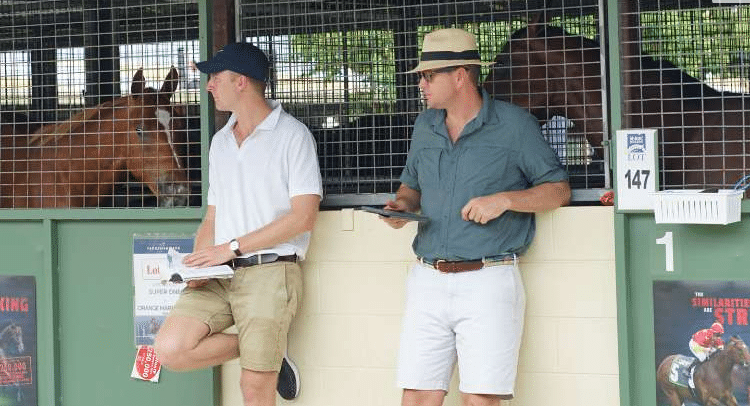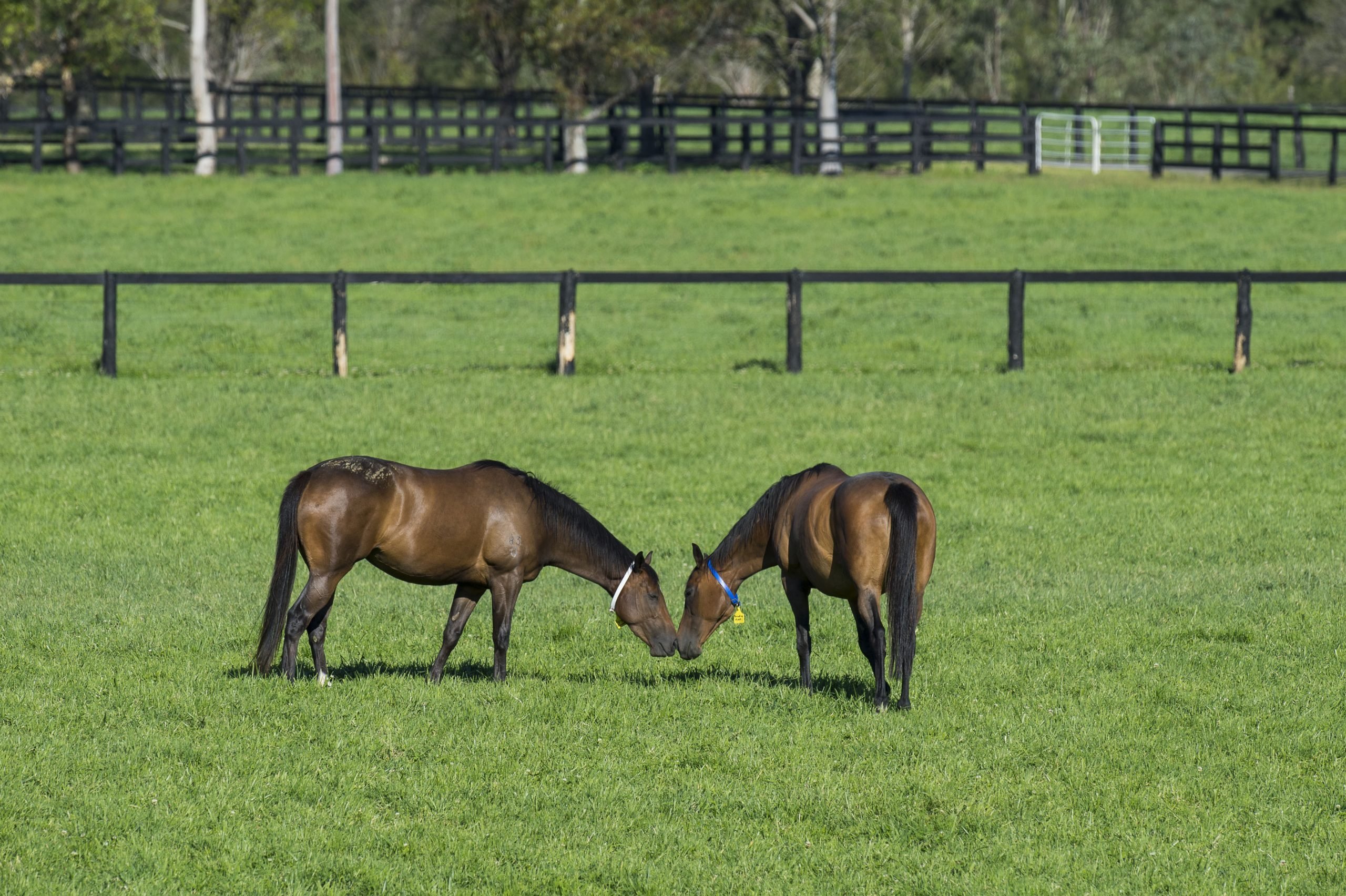Horses are elite athletes and just like elite human athletes, injuries can occur.
There are three main types of injuries that racehorses can develop:
1. Soft tissue injuries
2. Bone-related injuries
3. Joint injuries
Soft tissue injuries include ligament and tendon injuries. The most common ligament that horses injure is the suspensory ligament and branches of the ligament where it attaches to the bone. This ligament runs along the back of the horse’s knee to the fetlock joint and is responsible for providing the tension required to pull the horse’s leg back into a curling position after extension – much like an elastic band. Injuries to this ligament can occur anywhere along its length, often caused by hyperextension. The most common injuries are seen at the bottom of the ligament or in the branches where the suspensory inserts onto the sesamoid bones. This type of injury is serious and will most often mean a minimum six month spell and can be career-ending.
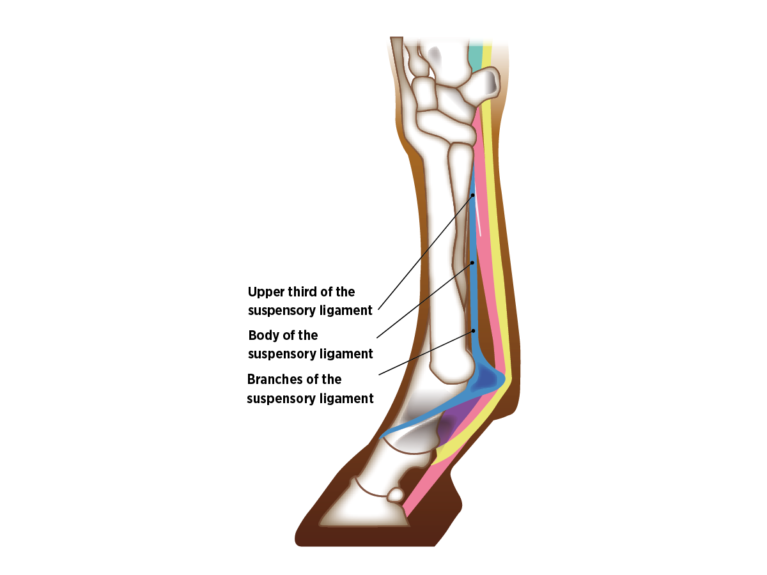
You may have heard the term that a horse has a ‘bowed tendon’. This means that the horse has injured the superficial digital flexor tendon. This is the most common type of tendon injury, where the tendon develops a small lesion that can quickly become worse if not picked up early. This is a significant injury for a horse and can have a major effect on the integrity of the horse’s limb support. Horses can return to racing after tendon injuries however, they require a long time to rehabilitate and can commonly reoccur. Below is a diagram to show where the tendons in a horse’s leg are located.
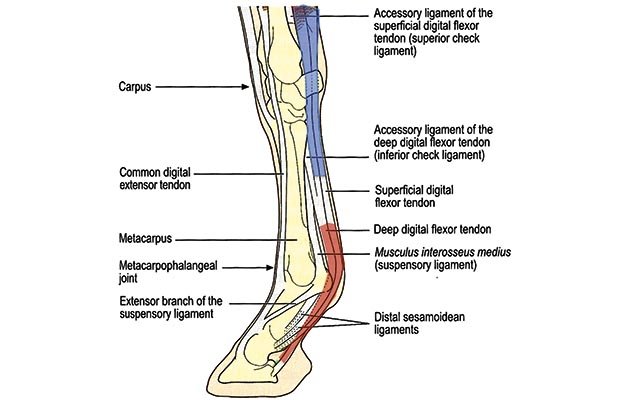
Bone-related injuries include bone fractures and shin splints. A non-displaced fracture will often have a positive outcome for ongoing racing. Displaced fractures are one of the worst types of injuries a horse can develop. While it could be possible to surgically operate and pin the bone back together, a horse cannot support its 400-500kg weight on three legs during recovery, so the kindest prognosis is to euthanise the horse.
Shin splints are adaptive changes to the cannon bone that often occur in normal training exercise. Shin splints are very common in young horses who, due to immaturity, are laying bone foundation in response to training stresses. The end result of the bone remodelling is a sounder horse with stronger bone. In some instances, lameness to the front of the cannon bone can occur, so the horse may need some time off training. This is most common in two year old and three year old horses. Treatment and rehabilitation times can vary greatly depending on the extent of the injury and the preferred treatment method of the veterinarian.
Joint injuries can include the development of bone chips, sesamoid fractures and/or a synovial injury. The occurrence of bone chips is due to tiny fractures within a horse’s joint. They are called osteochondral and are typically composed of both cartilage and bone. These fragments are often very small, but the most important variable is the amount of debris within the joint and the inflammation that may arise as a result. Bone chips are most common in the front fetlocks and knees of horse, but they can occur in all joints. Treatments of chip fragments will be dictated by the degree of lameness and inflammation. They are often removed by simple surgeries and the prognosis to return to racing is often good with time. Below is an image of an x-ray where a bone chip is present.
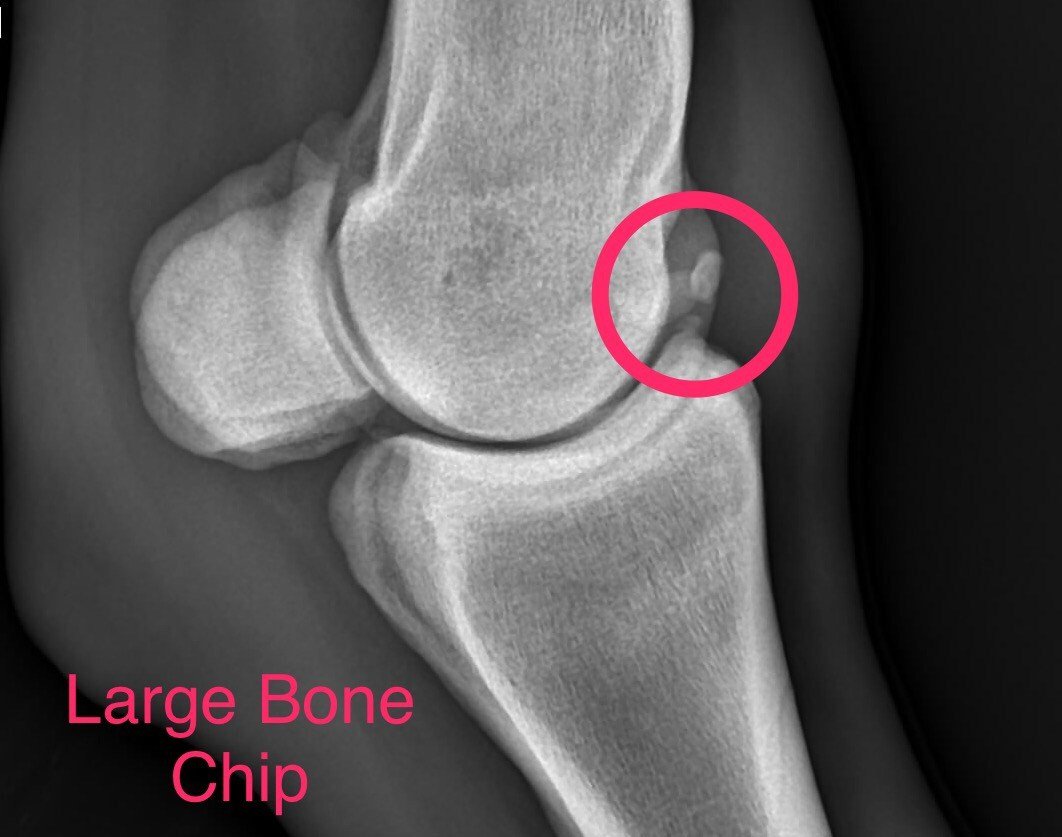
Although there are different types of sesamoid bones in the horse, the sesamoid bones that typically have issues in racehorses are the small bones at the back of the front and rear fetlocks. These bones act as a lever and have attachments to the suspensory ligaments of the front and rear limbs. The most common acute injury to a sesamoid bone is a fracture. These can vary greatly in severity, although the prognosis is usually guarded even with time and treatment.
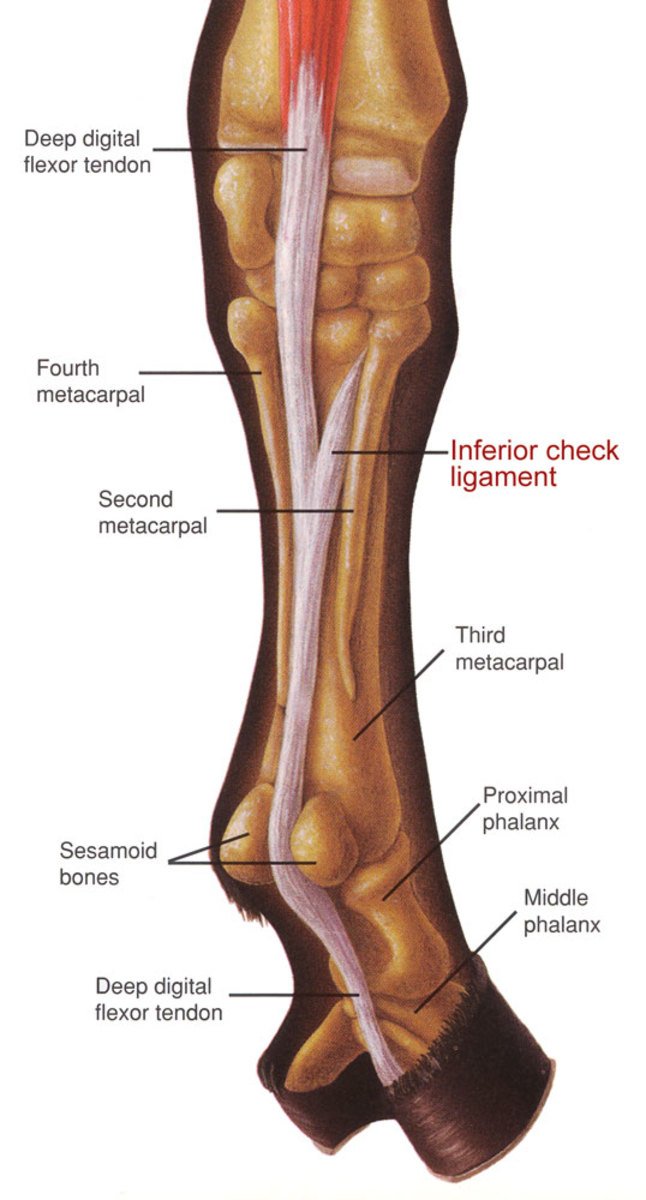
This diagram shows exactly where the sesamoid bones are.
Synovial injuries refer to joint injuries limited to the joint capsule. This may be referred to as synovitis or capsulitis. These injuries are typically less in severity than ones that involve chips or fractures. Commonly, the treatments are less extensive and typically are restricted to intra-articular injections or physical therapy.
Whilst your horse is in training, everything is done to minimise the risk of any injury, but as we are dealing with 500kg elite athletes sometimes things can go wrong. If you would like any further clarification on any type of injury a horse may incur, please don’t hesitate to contact Boomer.


